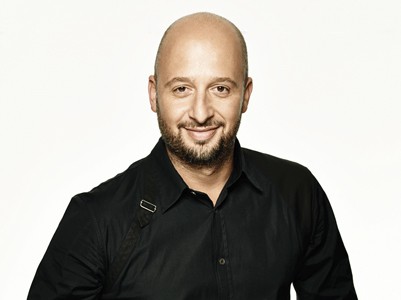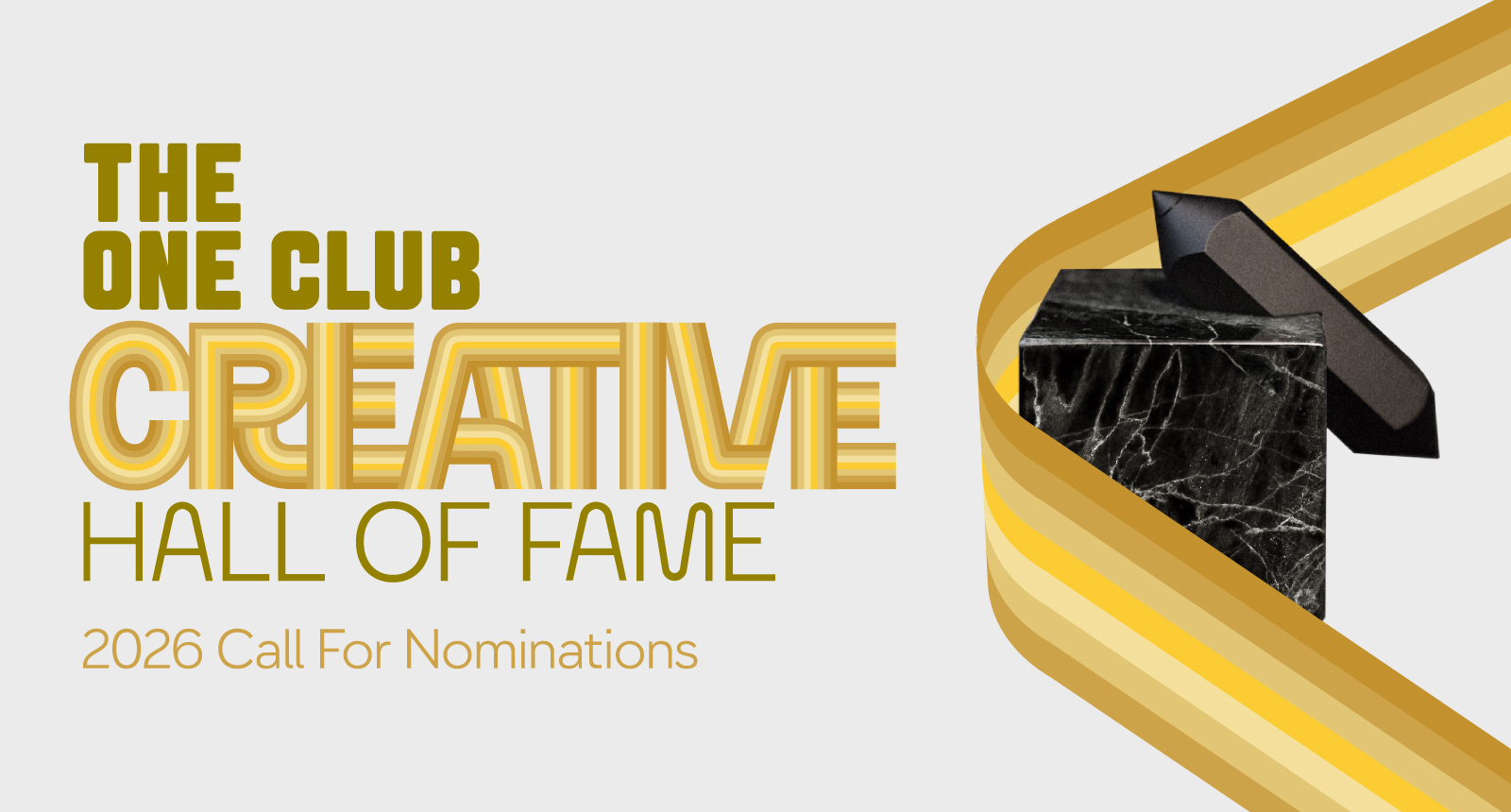News - Advertising
The Ha-Ha Approach
by Paul Banham
January 15, 2016
.jpg) Advertisement
Advertisement

What role does humour play when it comes to advertising communication?
The challenge for advertising has always been to get attention and hold it long enough to get a brand message across. To overcome that challenge, advertisers and their agencies have employed, tried and tested a myriad of different techniques over the years, with humour of course being one that has stood the test of time - probably for no other reason than the fact that we all like a laugh and to be entertained.
But to quantify and substantiate the effectiveness of humour in advertising isn’t by any means an easy task. Perhaps one good place to begin would be to simply analyse why some things are funny to some people and why some things aren’t (because ultimately the same is true of humour in advertising).
Generally speaking, I’d say comedy is more of an art form than it is a science (otherwise we’d all be funny) and let’s face it, we all wish we could be half as funny as the likes of Ricky Gervais or Tina Fey. And because comedy is more of an art form there really isn’t a specific set of rules for it, so like advertising, it can be very subjective. So why do we find something funny? Perhaps just because it captures a moment or an observation of truth that we can all relate to. Equally, it can be timely or topical and therefore top of mind and relevant to us.
But what is it that really captures and holds our attention?
Well, Dan Dennett, an American philosopher, writer and cognitive scientist, in his Ted Talk shares why people get attracted to four things: cute, sexy, sweet and… funny. He describes how evolution wired us to search and respond to these four triggers. Bottom-line is we’re preprogrammed to find these things cute or funny.
Many other advertising and marketing experts also recommend the use of humour, because it’s fundamental to forming positive relationships. We buy from people we like and humour is the easiest and fastest way to get a consumer to like a brand.
But does humour sell products?
Well I’d say without a doubt, and there are hundreds of great case studies to prove that point. To name a few of my favourites from across the years, just take a look at all of HHCL’s Tango ‘Hit of the Whole Fruit’ campaign from 2003, which was simply genius, incredibly well-written and very, very funny.
Watch ‘Postman’ or ‘Barrel’ if you’d like your ribs tickled.
Or take a look at the Philips Bodygroom viral from 2006, which again is a bit of an old reference, but I still remember it, which I guess makes my point.
Anyway, take an everyday shaver, write a funny (if not slightly risqué) script, throw in a good actor, and you turned a small budget one-day shoot and a pretty normal grooming product into a massive viral hit that’s been seen by millions in your target audience. And just to make a point: they sold out of Bodygrooms in three weeks.
Bottom-line in this case, cheeky humour worked and the film got seen and shared by millions of people than perhaps a more conservative, traditional approach would have done.
And talking of unconventional humour, how could I not mention Old Spice, which was given a new lease of life back in 2010? In fact that’s an understatement. It was saved from old age and obscurity by some simply hilarious left-field script writing. And the results, as you all know, speak for themselves.
So what about more recently? Well Geico’s ‘Unskippable’ pre-roll ads from 2015 brilliantly focused on something that annoys practically everyone and turned it on its head.
Starting with five seconds of surprising information and continuing with 25 seconds of beautifully subtle (and not so subtle) humour, it changed the way people perceived pre-rolls and raised the bar for an entire industry. And like with so many of the best comedians/jokes, it was just about timing.
Oh, I almost forgot… another classic is (showing my age now), Hamlet Cigars, ‘Photo Booth’ from 1986.
A wonderfully simple, (as all the best ads are) but equally brilliant and memorable ad because it tapped into and played off a simply truth / observation - technology doesn’t always work as it’s intended to. The ad simply showed a man trying to take a passport photo and allowed everyone to associate and laugh along with an experience that they’d probably had too.
Ultimately though, if I had to simplify all this down to a succinct point, I guess I’d say that if an ad can make us laugh, then we’re more likely to remember it, share it, talk about it and at the end of the day even buy it. But, that’s not to say that it’s easy to be funny as pulling it off can be extremely tricky.
As previously mentioned, we all think we are funny, so it’s important to remember that whilst we may be able to make our friends laugh, that doesn’t necessarily mean we can make millions of strangers laugh too. Thankfully, it’s not what you know, it’s who you know, and there’s a world of talented writers out there waiting to be discovered and tapped into.



.jpg)





.jpg)




